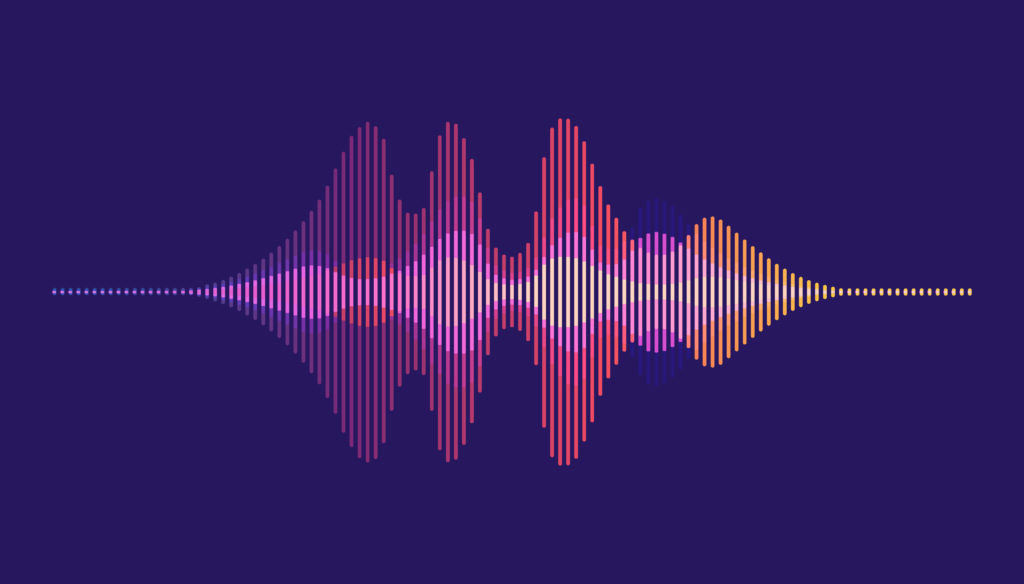In this demonstration, students use their bodies to model vibrations that lead to sound waves.
Three things vibrate when sound is created:
- the source object
- the molecules in the air (or another medium e.g. water)
- the eardrum
When a sound is produced, it causes the air molecules to bump into their neighbouring molecules, who then bump into their neighbours, and so on. There is a progression of collisions that pass through the air as a sound wave.
Air itself does not travel with the wave (there is no gush or puff of air that accompanies each sound); each air molecule moves away from a rest point and then, eventually, returns to it.
When we hear something, we are sensing the vibrations in the air. The number of vibrations per second is known as the frequency, measured in Hertz (1 Hz = 1 vibration per second).
These vibrations enter the outer ear and cause the eardrum to vibrate too. We cannot hear the vibrations that are made by waving our hands in the air because they are too slow. The slowest vibration our human ears can hear is 20 times a second. That would be a very low sound.
The fastest vibration we can hear is 20,000 times per second, which would be a very high sound. Animals can hear different frequencies from humans. Cats can hear even higher frequencies than dogs, and porpoises can hear the fastest vibrations of all (up to 150,000 times per second).
It takes 3 different vibrations to hear a sound, since sound is made when things vibrate (or wiggle) :
- The object that makes the noise vibrates (our bell).
- The air molecules vibrate as the sound moves through the air.
- The eardrum vibrates when the sound wave reaches it.
When sound waves move through the air, each air molecule vibrates back and forth, hitting the air molecule next to it, which then also vibrates back and forth. The individual air molecules do not "travel" with the wave. They just vibrate back and forth.
When the vibrations are fast (high frequency), you hear a high note. When vibrations are slower, you hear a lower note.


